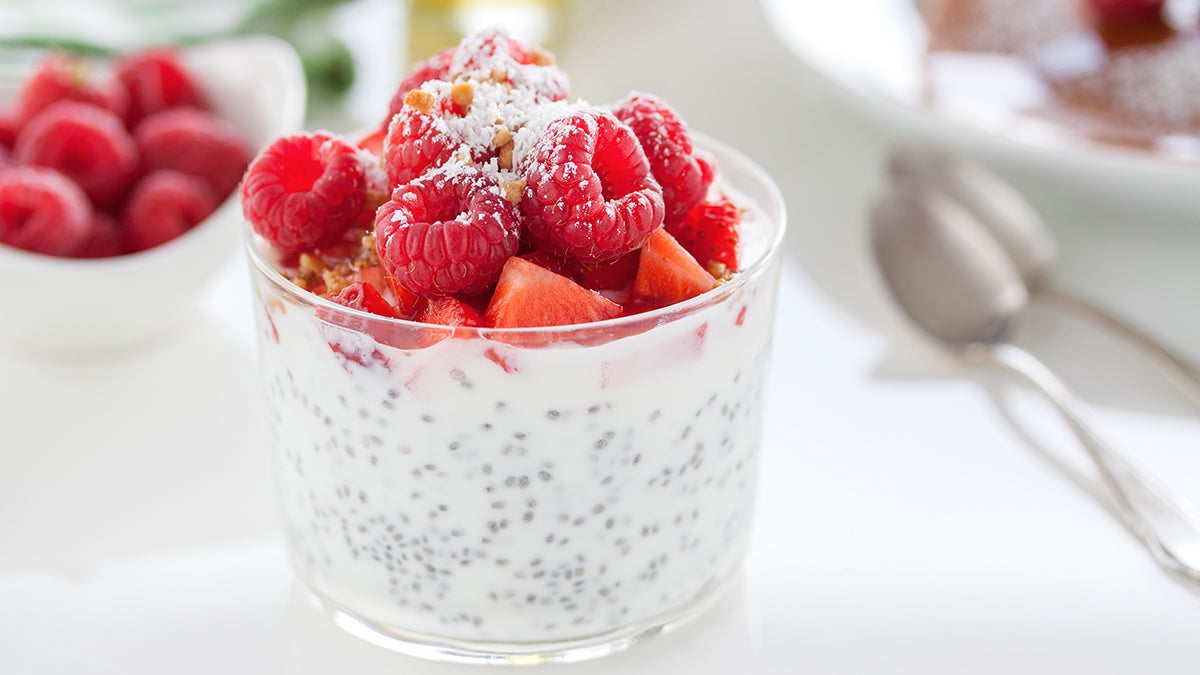Apples rank fourth on the EWG’s list of the Dirty Dozen. Their thin skin is the culprit here, explains Rachel Roberts, R.D., a dietitian at Detroit Medical Center’s Your New Self Weight Loss Solutions Program.
“The rule of thumb is to choose organic fruits and vegetables with a thin skin, such as apples, strawberries, and celery, and non-organic vegetables with thick skins, like pineapples and melons,” she says.
That’s why peaches, pears, cherries, and grapes also make the Dirty Dozen list. They’re thin-skinned fruits you might not think twice about biting right into.
These pantry staples also have thin skins, meaning they don’t have as much of a protective barrier against pesticides, says Roberts.
Peeling foods can help, but it may not eliminate all of the pesticides on your produce, according to Consumer Reports. Some pesticides are actually absorbed through the plant’s roots, meaning they might end up in the flesh of your food. Plus, the skin is loaded with beneficial nutrients.
A good wash (with a vegetable brush like this one) is still encouraged, even if you buy organic.
Related: The 30 Best Foods Every Guy Should Have On His Grocery List

4 PEANUT BUTTER
If you’re buying peanut butter with only one or two ingredients (hint: they should just be peanuts and salt), then it’s a pretty healthy fat source when you keep your portion size in check.
But Roberts says to go organic for an even better option. “Peanut butter should be purchased organically to avoid pesticides, which permeate the thin outer shells of peanuts,” she says. “Non-organic peanut butters can be high in pesticides or fungus and often use fats, sugar, and sometimes hydrogenated oils to increase shelf life.” Check out this creamy light roasted variety from Santa Cruz.
Related: These Peanut Butter Protein Bombs Will Make Your Muscles Grow

Aside from fruits and vegetables, Adamkiewicz says there isn’t as much evidence for pesticides in meat and dairy. Although he personally likes to spend his money on organic milk, it’s not as necessary for consumers as the Dirty Dozen.
Still, the USDA requirements for organic meat require that livestock aren’t given hormones or antibiotics, are raised in conditions that mimic their natural behaviors (such as being able to graze on a pasture), and are fed 100 percent organic feed.
“Organic agriculture makes a lot of sense for the environment and for health. This extends to livestock-derived foods, even though we don’t have a lot of studies that show differences in chemical residues between organic and conventional milk specifically,” Adamkiewicz says.
Roberts recommends choosing organic poultry, like chicken and turkey, if you have the extra cash to dish out. We like this organic chicken breast from Perdue Harvestland, and these roasted turkey breast slices from Organic Prairie.
Related: 50 Easy and Delicious Ways to Cook a Chicken Breast

The same USDA standards for livestock apply to pork.
“Organic poultry and pigs are given foods with no synthetic pesticides or chemical fertilizers, which contributes to improved animal health and less environmental impact,” Roberts explains.
She adds: “Non-organic meats differ in regard to the amount of antibiotic use during production. Antibiotic overuse in conventional meat can lead to an increase in treatment-resistant bacterial infections in humans.”
Pork Skewers With Fresh Herb Sauce:

Grass-fed beef contains more omega-3 fatty acids than grain-fed beef, since grass naturally contains more omega-3s, which are great for your heart and brain health.
“The fatty acid composition in organic animal products is far better; the levels of omega-3 fatty acids [in organic beef] are approximately 50 percent higher, which is beneficial for lowering the risk of heart disease,” Roberts says, potentially because they may help fight inflammation in your body.
It’s also raised without hormones or antibiotics. Check out this grass-fed beef from Organic Prairie.
https://www.menshealth.com/nutrition/best-organic-foods/slide/7












